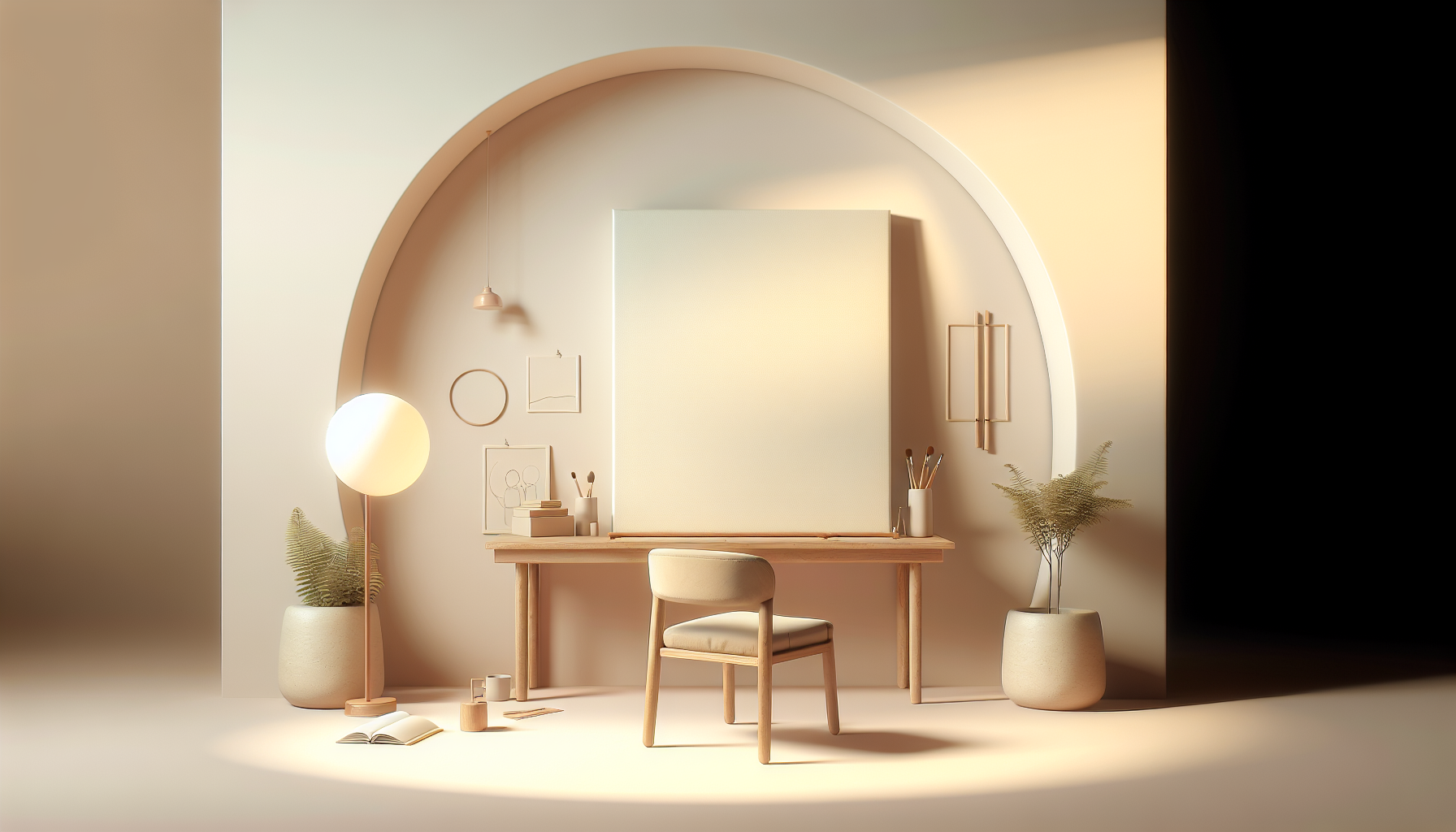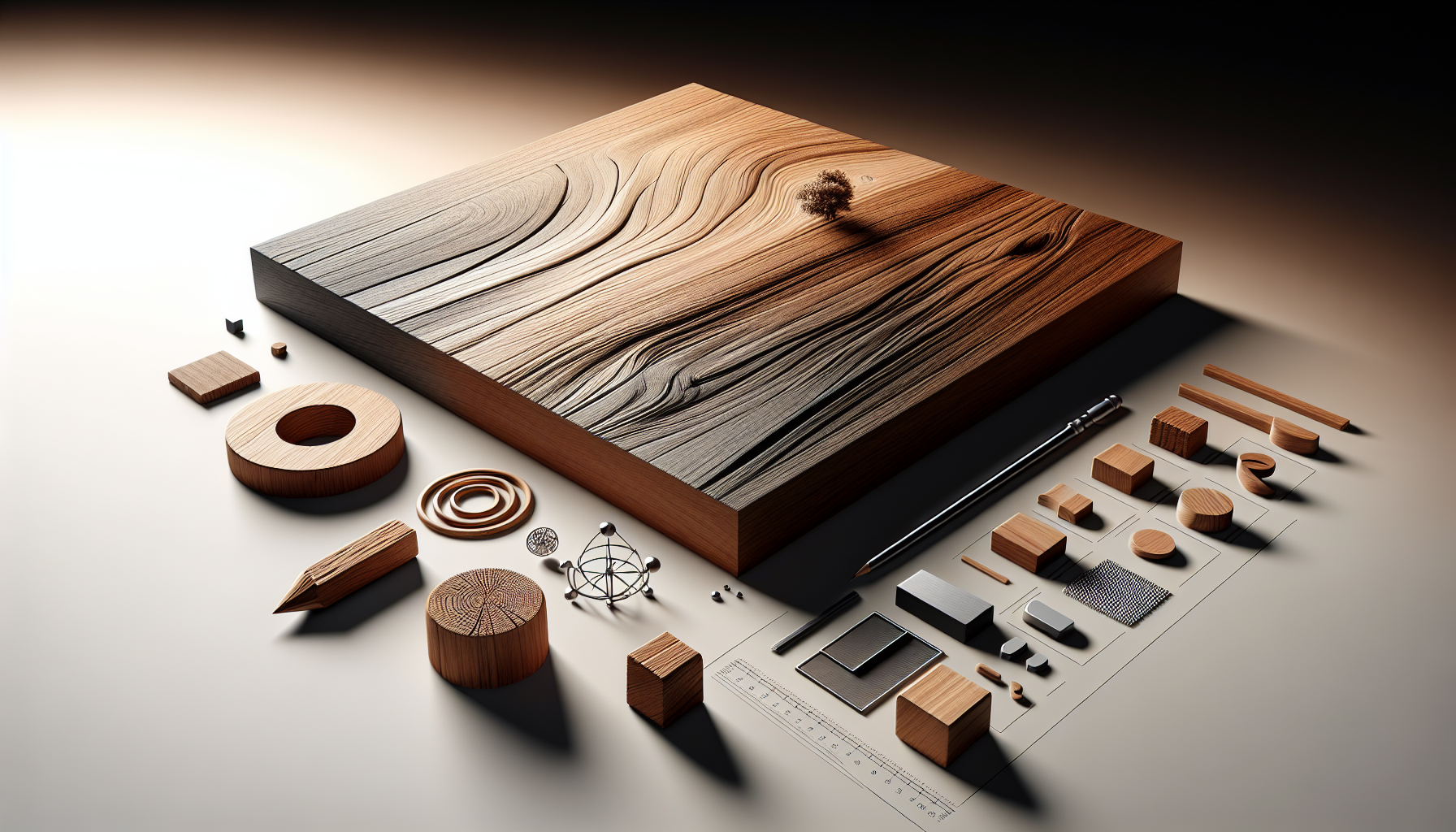Complete AI Prompt Pack
1000+ prompts • $37
Have you ever stared at a blank 3D canvas, feeling stuck on what to create next? You’re not alone! Many of us struggle with finding inspiration or the right direction when diving into the world of 3D modeling. It can be a bit overwhelming at times, right?
But don’t worry! If you stick with me, we’re going to explore a treasure trove of prompts tailored for various skill levels and industries. These prompts will spark your creativity and help you unlock your full modeling potential in no time.
From basic prompts to industry-specific ideas, you’ll find something that speaks to you. So, let’s transform that blank canvas into a masterpiece together!
Key Takeaways
- Stuck with 3D modeling? Use prompts to spark creativity and enhance skills.
- Beginners can start with simple shapes and basic techniques to build confidence.
- Advanced prompts help explore complex techniques for seasoned modelers.
- Industry-specific prompts guide you in tailoring models for various sectors.
- Effective texturing and animation prompts deepen your understanding of appearances and movements.
- Crafting your own prompts? Be clear, specific, and experimental for best results.
- Avoid vague or overly complex prompts to save time and improve outcomes.

Best ChatGPT Prompts for 3D Modeling
ChatGPT can be a fantastic ally for anyone looking to enhance their 3D modeling skills, whether you’re just getting started or you’re an experienced artist.
By utilizing specific prompts, you can effectively tap into its capabilities, guiding you through different aspects of 3D modeling.
Here’s a selection of effective prompts you can use:
- “Generate a step-by-step guide for creating a simple 3D cube in Blender.”
- “List 10 common mistakes beginners make in 3D modeling.”
- “Provide me with ideas for character design suitable for a fantasy game.”
- “Explain how to apply UV mapping to a 3D model.”
- “Give me a list of recommended software for beginner 3D artists.”
Basic 3D Modeling Prompts
If you’re new to 3D modeling, these basic prompts will help you get your feet wet without feeling overwhelmed.
Focus on foundational concepts and enhance your skills by experimenting with simple shapes and techniques.
Try these prompts to kickstart your modeling journey:
- “Create a prompt for modeling a basic 3D chair in Tinkercad.”
- “What are the basic techniques for sketching 3D objects?”
- “Outline a process for turning a 2D drawing into a 3D object.”
- “List five simple geometric shapes to practice with in 3D modeling.”
- “Describe how to combine shapes to create an apple in 3D.”
Advanced 3D Modeling Prompts
For those who have mastered the basics, diving into advanced prompts can take your modeling skills to new heights.
These prompts encourage exploring complex techniques and sparking creativity within specific industries.
Here are some advanced prompts to consider:
- “Describe the high-poly modeling process for a realistic human head.”
- “What are the procedural modeling techniques for creating landscapes?”
- “Outline a character design prompt for a mobile RPG game.”
- “Generate a list of tools needed for architectural modeling projects.”
- “Explain how to set up a scene for product visualization in 3D.”
Industry-Specific 3D Modeling Prompts
Different industries have unique requirements and styles, so industry-specific prompts can help tailor your projects accordingly.
Here’s a collection of prompts designed for various sectors that leverage 3D modeling:
- “What are the best practices for creating 3D models for gaming?”
- “Describe the key features of architectural modeling for urban planning.”
- “List essential prompts for developing 3D models for medical applications.”
- “Generate a guideline for creating industrial design prototypes.”
- “Explain how to create a virtual reality experience using 3D modeling.”
For more insights on creative writing prompts, check out our post on Creative Writing Prompts, or discover effective ChatGPT prompts for Product Descriptions. These resources will help expand your skills even further.

Prompts for Texturing and Materials in 3D Modeling
Texturing and materials play a crucial role in 3D modeling, determining the overall appearance of your models.
To master these aspects, using the right prompts can guide you through popular techniques and concepts.
Here are some prompts to help you create realistic textures and materials:
- “Explain how to create a realistic wood texture for a 3D model.”
- “Generate a guide for applying PBR materials to a character model.”
- “List steps to create and apply a bump map in Blender.”
- “Describe how to use UV mapping for a car model.”
- “Provide tips for creating metallic surfaces in 3D modeling.”
Prompts for Animation in 3D Modeling
Animation is where your 3D models truly come to life, and having the right prompts can streamline your workflow.
These prompts will help you explore character animation and motion design effectively.
- “Outline the steps for rigging a character model for animation.”
- “Generate a character animation prompt that includes walking cycles.”
- “Describe how to implement physics-based animation for a falling object.”
- “List 5 essential principles of animation to apply to 3D projects.”
- “Explain how to create smooth transitions between animation states.”
Tips for Crafting Your Own 3D Modeling Prompts
Creating your own prompts can significantly enhance your learning and project outcomes in 3D modeling.
Start by being clear and specific about what you want to achieve.
Here are some tips to help you craft effective prompts:
- “Focus on what you need: write down your main goal for the prompt.”
- “Be detailed: specify materials, colors, and any functionalities you want the model to have.”
- “Use iterative prompts: build on your previous prompts to refine results.”
- “Request examples: ask ChatGPT to provide examples of models similar to what you envision.”
- “Experiment with different styles: try both realistic and stylized prompts.”
Common Mistakes to Avoid with 3D Modeling Prompts
Avoiding common mistakes when crafting your prompts can save you time and frustration in your modeling efforts.
Here are some pitfalls to watch out for:
- “Don’t be vague: lack of specificity can lead to unsatisfactory results.”
- “Avoid overcomplicating prompts: keep them clear and to the point.”
- “Failing to iterate: don’t hesitate to refine prompts based on outputs you receive.”
- “Ignoring software constraints: tailor your prompts to the tools you are using.”
- “Neglecting feedback: seek insights from peers or online communities to improve your prompts.”

Resources for 3D Modeling and Using ChatGPT
Having the right resources can make all the difference in your 3D modeling journey.
From software to tutorials, let’s explore what’s available to enhance your skills.
Here’s a list of valuable resources for 3D artists:
- “Research the best modeling software: compare options like Blender, Maya, and 3ds Max.”
- “Find online tutorials: check platforms like Udemy and Coursera for courses on 3D modeling.”
- “Explore YouTube channels: subscribe to channels dedicated to 3D modeling tips and tricks.”
- “Join 3D modeling communities: engage with forums like Blender Artists or CGSociety for feedback and networking.”
- “Utilize ChatGPT for brainstorming: prompt it with specifics about your modeling projects to get fresh ideas.”
- “Invest in books: read titles such as ‘The Art of 3D Computer Animation and Effects’ for in-depth knowledge.”
- “Use educational platforms: check out LinkedIn Learning for video courses on various modeling techniques.”
Whether you’re looking for specific tools, learning materials, or inspiration from a community, these resources can boost your 3D modeling skills.
FAQs
Basic prompts can include tasks like creating simple geometric shapes, designing basic furniture, or modeling everyday objects. These help beginners grasp essential techniques in 3D modeling.
Improving prompts involves being specific about the desired outcome, setting clear parameters, and including references or examples. This leads to better results and more refined models.
Avoid vague language, overly complicated requests, and assumptions about prior knowledge. Clear, concise prompts yield the best results and ensure a smoother modeling process.
Yes, prompts for texturing can include requests to apply specific material types, simulate environmental effects, or create realistic surfaces based on references to enhance realism in models.
Last updated: August 28, 2024
